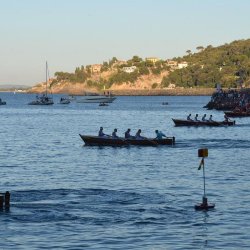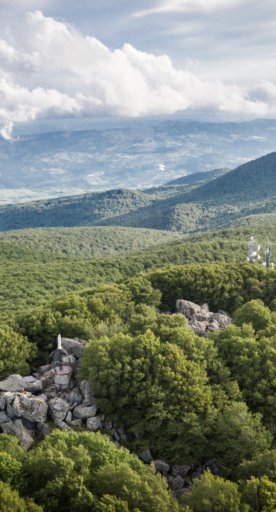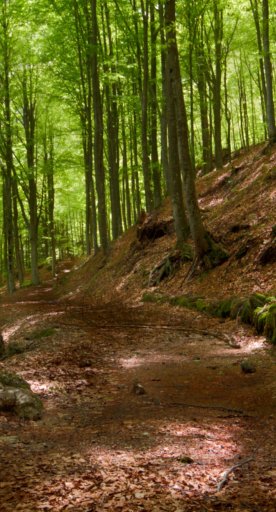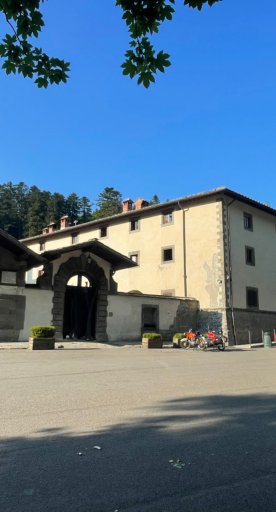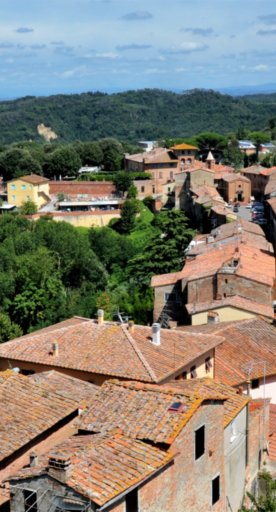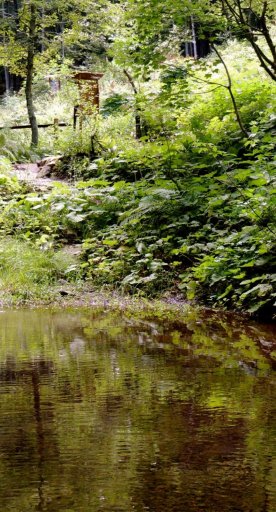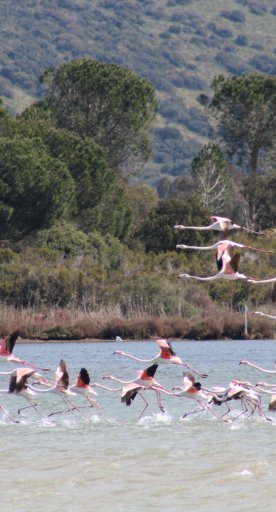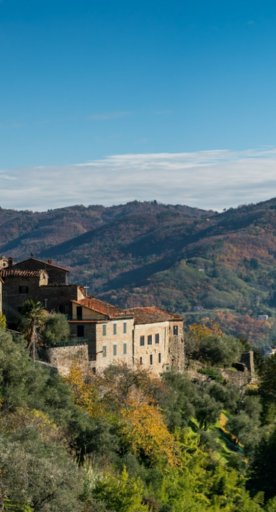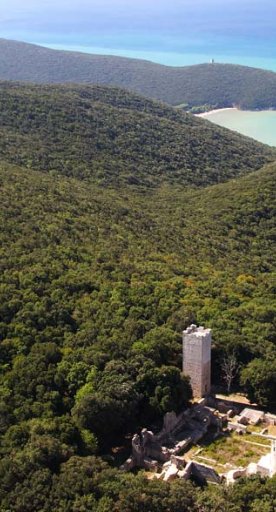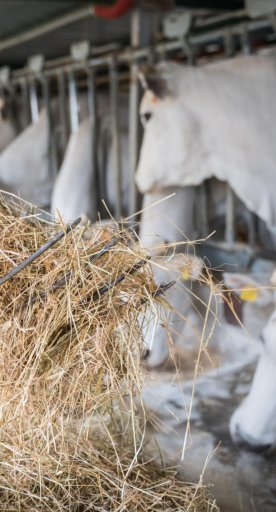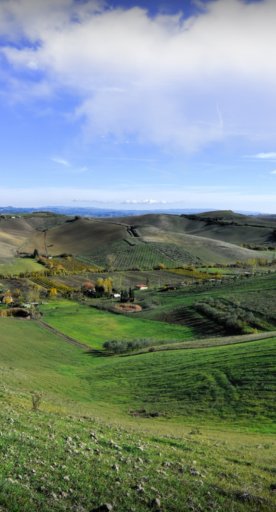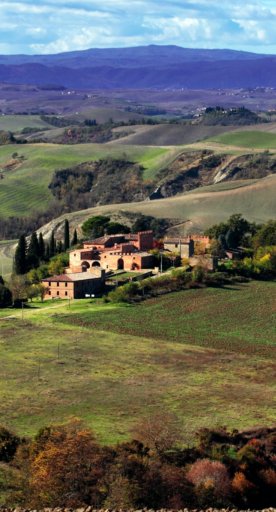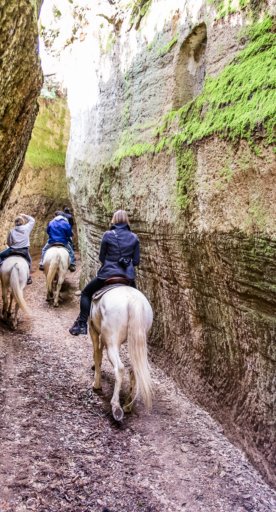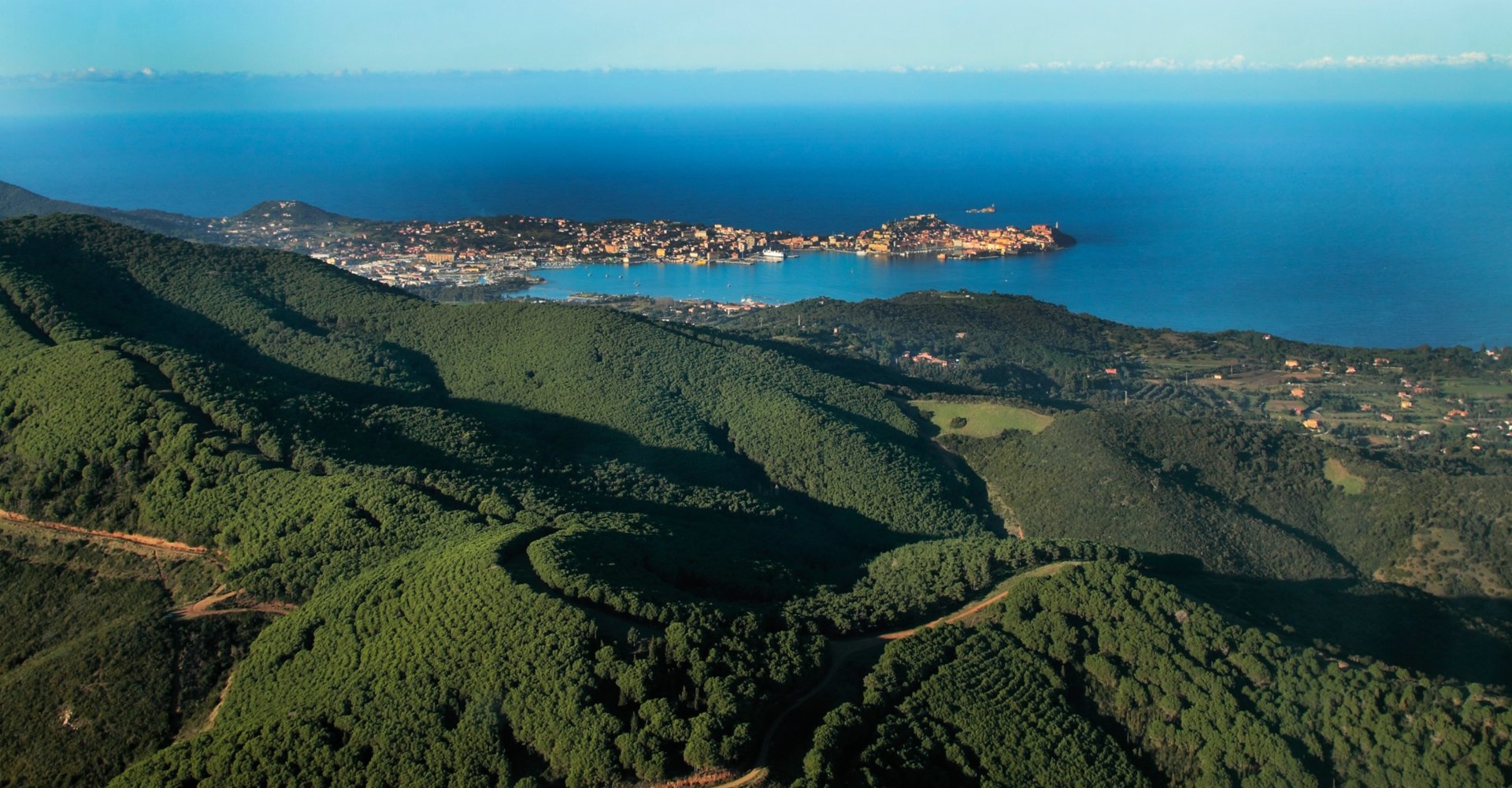
Visiting the Tuscan Archipelago
From Elba to Montecristo, a journey among wild islands, seaside villages and nature reserves that tell of Tuscany’s authentic beauty
Legend has it that when Venus was born from the waves, 7 precious stones fell from her tiara, creating the 7 islands off the Tuscan coast.
While poetry is one of the elements that make these places unique, it is equally useful to know what to see and how to get there. So, here is a brief guide to the 7 islands of the Tuscan Archipelago!
-
1.Visiting Elba Island
-
2.Visiting Giglio Island
-
3.Visiting Giannutri Island
-
4.Visiting Capraia Island
-
5.Visiting Gorgona Island
-
6.Visiting Pianosa Island
-
7.Visiting Montecristo Island
Visiting Elba Island
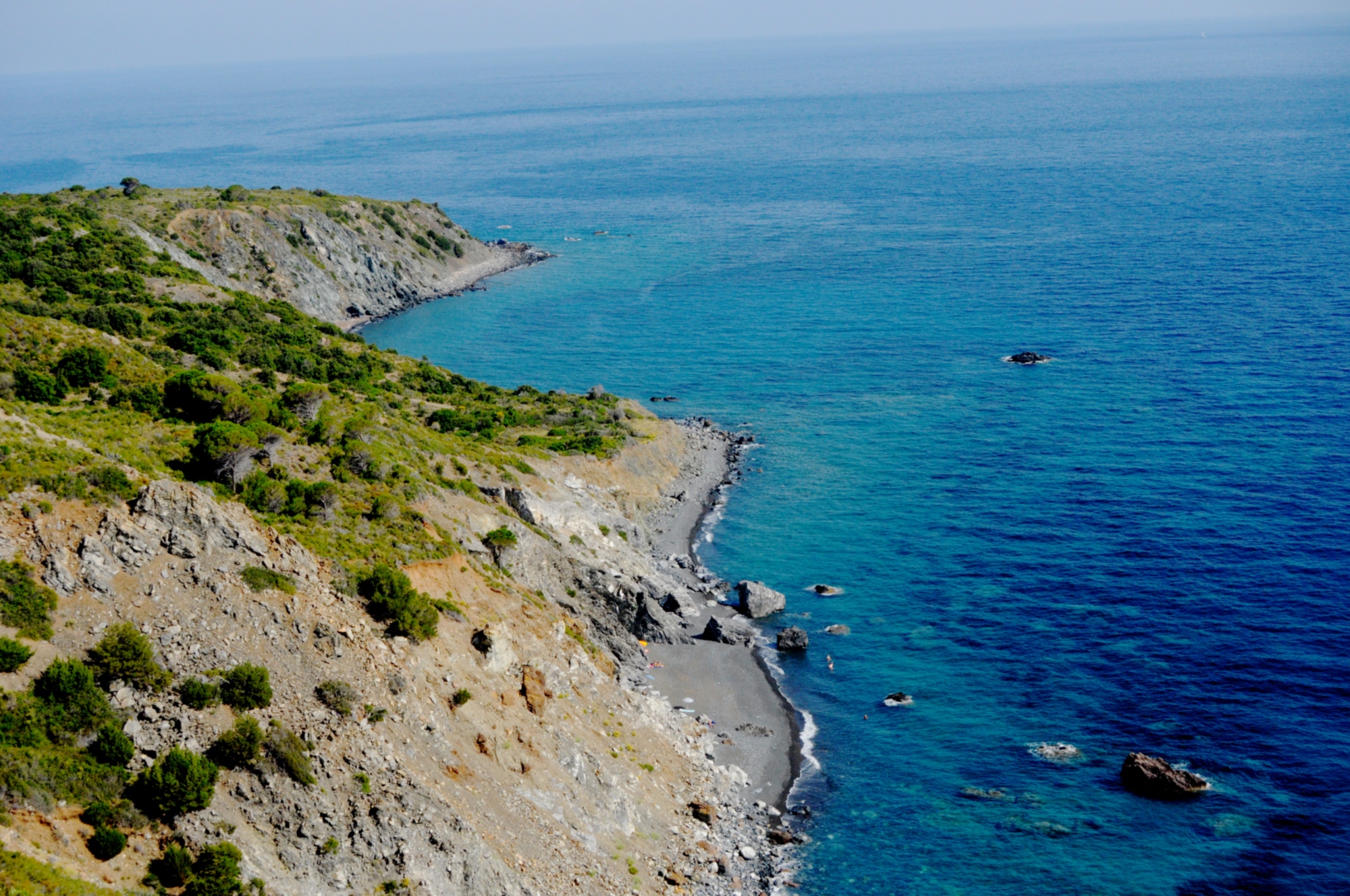
Elba Island is the largest of the archipelago and one of the most popular destinations in Tuscany. Famous for its history associated with Napoleon Bonaparte, who stayed here in 1814, the island offers a perfect combination of nature, history and culture. Popular beaches include Cavoli, Fetovaia and Biodola, all bedazzled by fine sand and crystal-clear waters. For hiking enthusiasts, Monte Capanne, at 3343 feet or 1019 meters in height, offers breathtaking views and trails suitable for all levels. Portoferraio, the main town, is rich in history, with the Palazzina dei Mulini and Forte Falcone bearing witness to Napoleon’s passage. The island is then a paradise for snorkeling and diving enthusiasts, thanks to its seabed rich in marine life.
It can be reached from the port of Piombino in an hour by ferry. Ships all depart from here for connections to Portoferraio (with the crossing taking around 60 minutes) and, with less frequency, to Rio Marina and Cavo (about 45 and 35 minutes respectively). There is also a fast hydrofoil connection, reserved for passenger transport only, to Cavo (about 20 minutes) then continuing on to Portoferraio (another 15 minutes, for a total of 35 minutes).
It is even possible to reach Elba Island by plane, landing at La Pila Airport near Marina di Campo.
Visiting Giglio Island
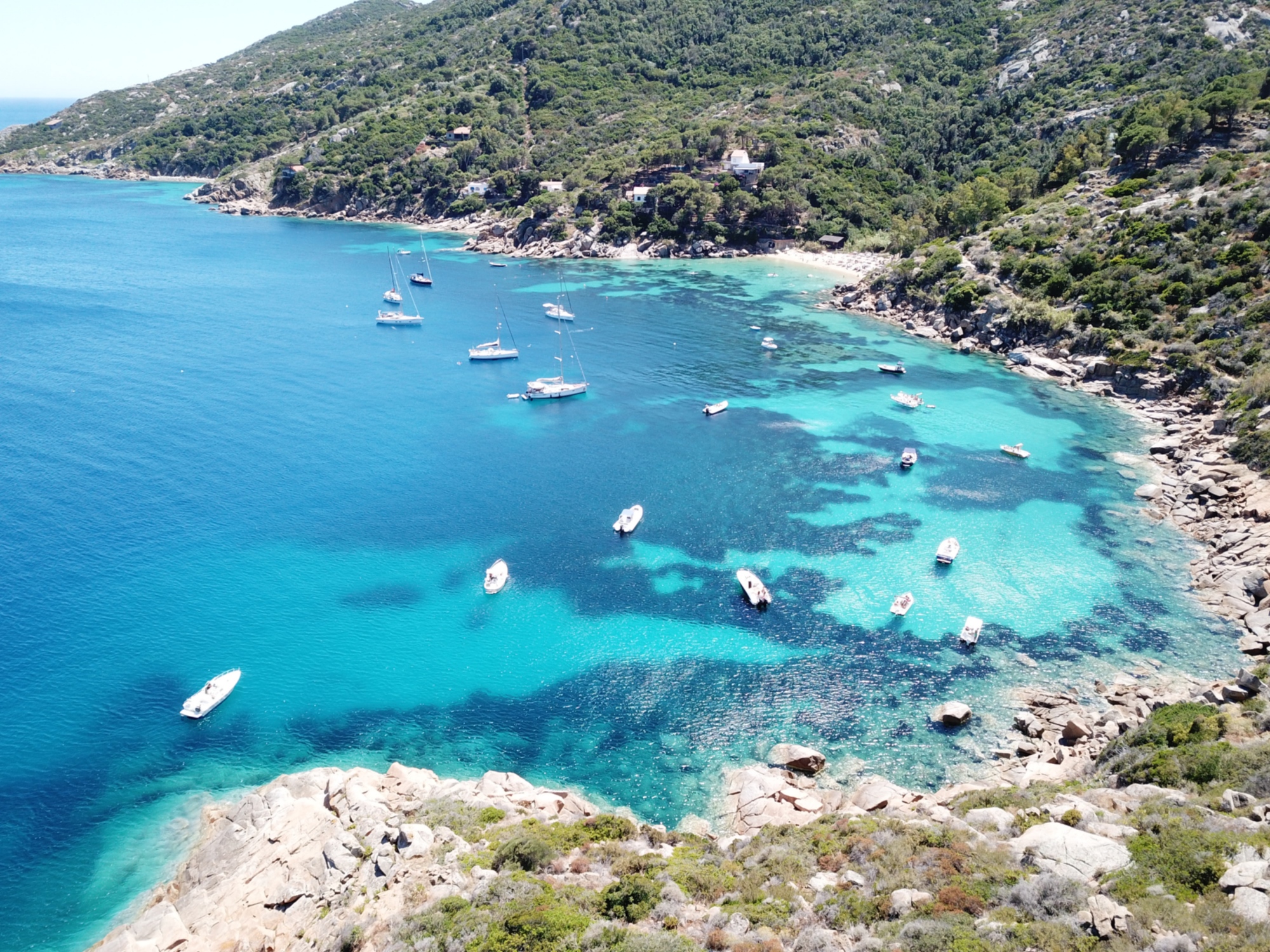
Giglio Island is famous for its transparent waters and picturesque villages. The main town, Giglio Porto, is a lively tourist center with restaurants and stores. The medieval village of Giglio Castello, set on a hill, offers panoramic views and cobblestone streets. The most beautiful beaches include Campese, Arenella and Cannelle, ideal for relaxation and water sports. The island is likewise an excellent starting point for boat trips and trekking along its coastal paths, including a truly scenic route starting from Giglio Castello and leading to the Capel Rosso Point.
It can be reached year-round, thanks to scheduled ferry services connecting it to the mainland. The port of embarkation is Porto Santo Stefano, the main town of Argentario.
Visiting Giannutri Island
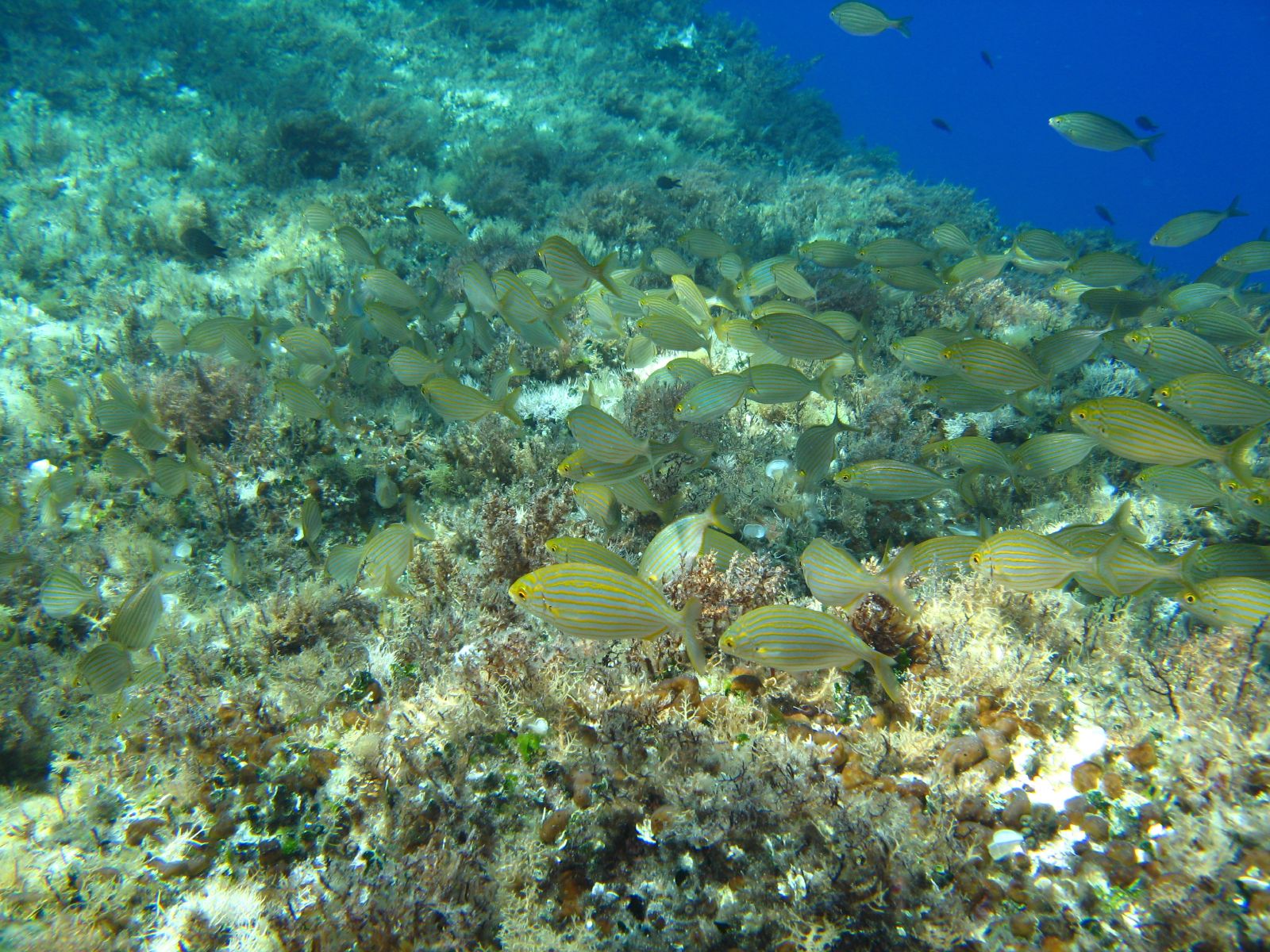
Giannutri Island is the southernmost of the Tuscan landmasses, famous for its crescent shape and crystal-clear waters ranging from emerald green to deep blue. Villa Domizia, dating back to Roman times, is one of the island’s major archaeological sites. The pebbled beaches of Cala Maestra and Cala dello Spalmatoio are ideal for swimming and snorkeling, where you can even see remnants of the Roman harbor. The 2 coves are also the only free swimming spots. Giannutri is an excellent starting point for boat trips and hiking along its scenic trails,
reachable from Porto Santo Stefano every Wednesday and Saturday throughout the year.
During the summer season, there is a weekly connection each Thursday from Giglio Island, at just 9.3 miles or 15 kilometers away. The sole landing points on the island are Cala Maestra and Cala Spalmatoio.
Visiting Capraia Island
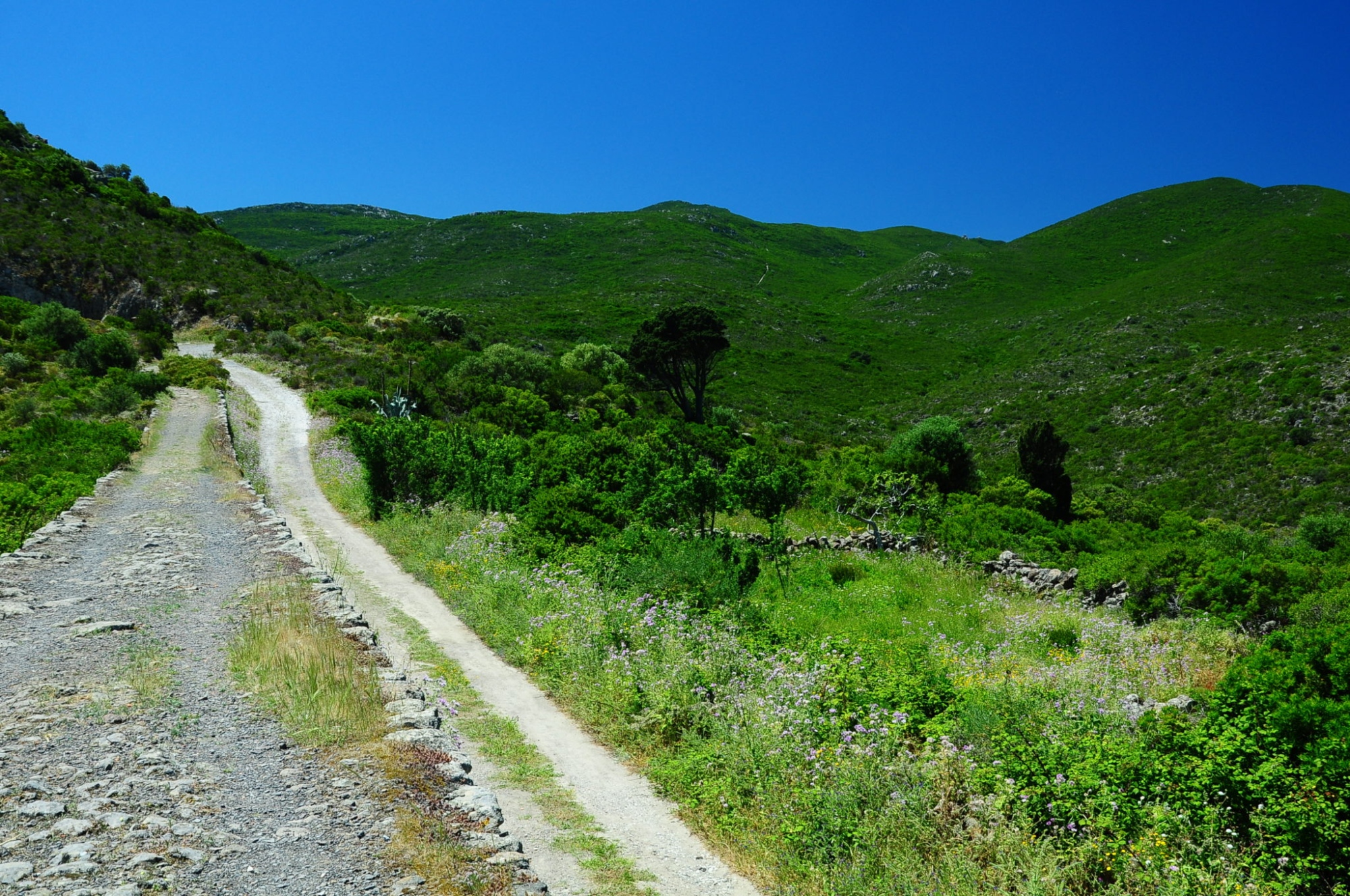
Capraia Island is a stretch of wild and unspoiled nature. Volcanic in origin, the island is comprised of sheer cliffs, rocky beaches and a picturesque village that retains the atmosphere of yesteryear. Numerous beautiful coves punctuate the coast, from Cala Rossa to Cala Zurletto, being reachable by a pleasant walk and the perfect spots for snorkeling or diving. The Monte Capo Trail is one of the most scenic, offering spectacular views of the coast. Then there is Capraia, an ideal place for birdwatchers, thanks to the presence of numerous species of migratory birds.
The island can be reached by boat or by ferry departing from the port of Livorno to cross the 40 miles or 64 kilometers and, in the summertime, also by a fast shuttle service.
Visiting Gorgona Island
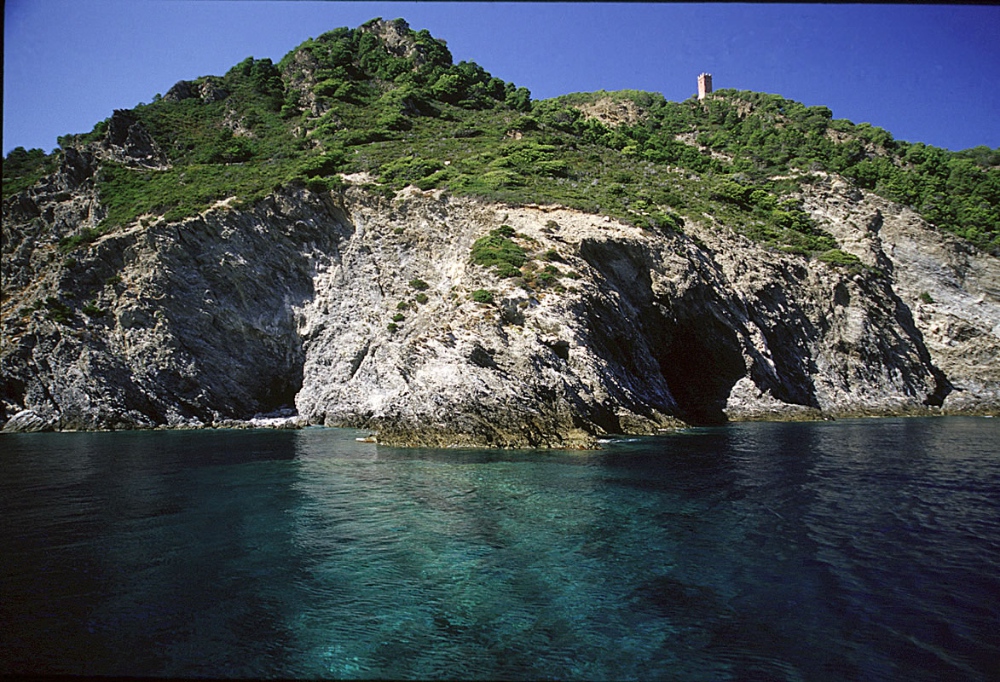
Gorgona Island is the smallest and northernmost island of the archipelago. Inhabited and the site of an agricultural prison, the island is accessible only by authorized guided tours that can be booked on the Info Park portal. Its cliffs and rocky beaches provide a pristine natural environment. The island is also famous for its prison viticulture project, which produces a unique wine.
Departures are scheduled from the port of Livorno for a ferry trip that takes about 1.5 hours. Reservations are required and should be made well in advance as the number of visitors is capped.
Visiting Pianosa Island
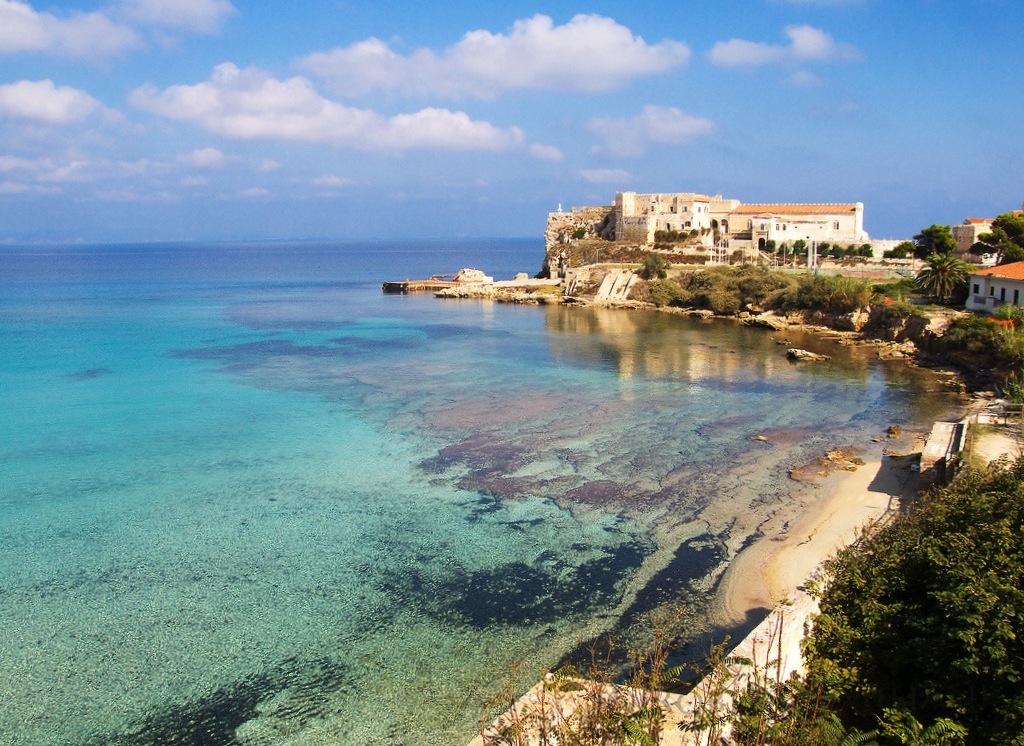
Pianosa Island is characterized by a completely flat morphology, with a maximum elevation of 95 feet/29 meters above sea level. Formerly the site of a penal colony, it is now a nature reserve accessible only by authorized guided tours bookable through the Info Park portal. Its fine sandy beaches and clear waters render this an ideal place for relaxation and diving. The former prison, now decommissioned, can be visited during excursions, offering an interesting insight into the island’s history. With the exception of the village area and Cala Giovanna, the only beach where bathing is allowed, there is no access to the island without the presence of a guide.
It can be visited year-round via the daily service starting from Elba Island, Marina di Campo and, in high season, also from Piombino.
Visiting Montecristo Island
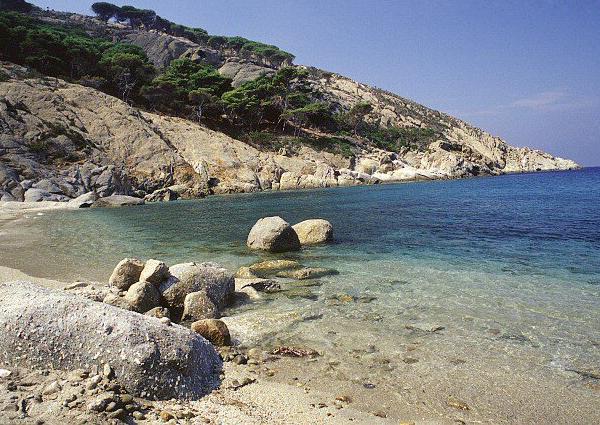
Montecristo Island is the most mysterious and protected island of the archipelago. Famous for its Benedictine monastery and the presence of endemic species, the island is a natural reserve of outstanding beauty, a valuable area for protecting biodiversity. Access is strictly regulated and permitted only to a limited number of visitors per year, subject to authorization from the Ministry of the Environment. Visiting periods are between March 1 and April 15 then between May 15 and October 31, excluding the period of April 16 to May 14 for reasons of migratory bird protection. To take part in the excursions, it is necessary to contact the Info Park that organizes these special tours.
Those fortunate enough to visit can explore its paths surrounded by Mediterranean scrub and discover the Villa of San Mamiliano, dating back to the 12ᵗʰ century.
Almost all departures are scheduled from the port of Piombino with a stopover in Porto Azzurro and only a few from Porto Santo Stefano with a stopover in the Giglio port.





